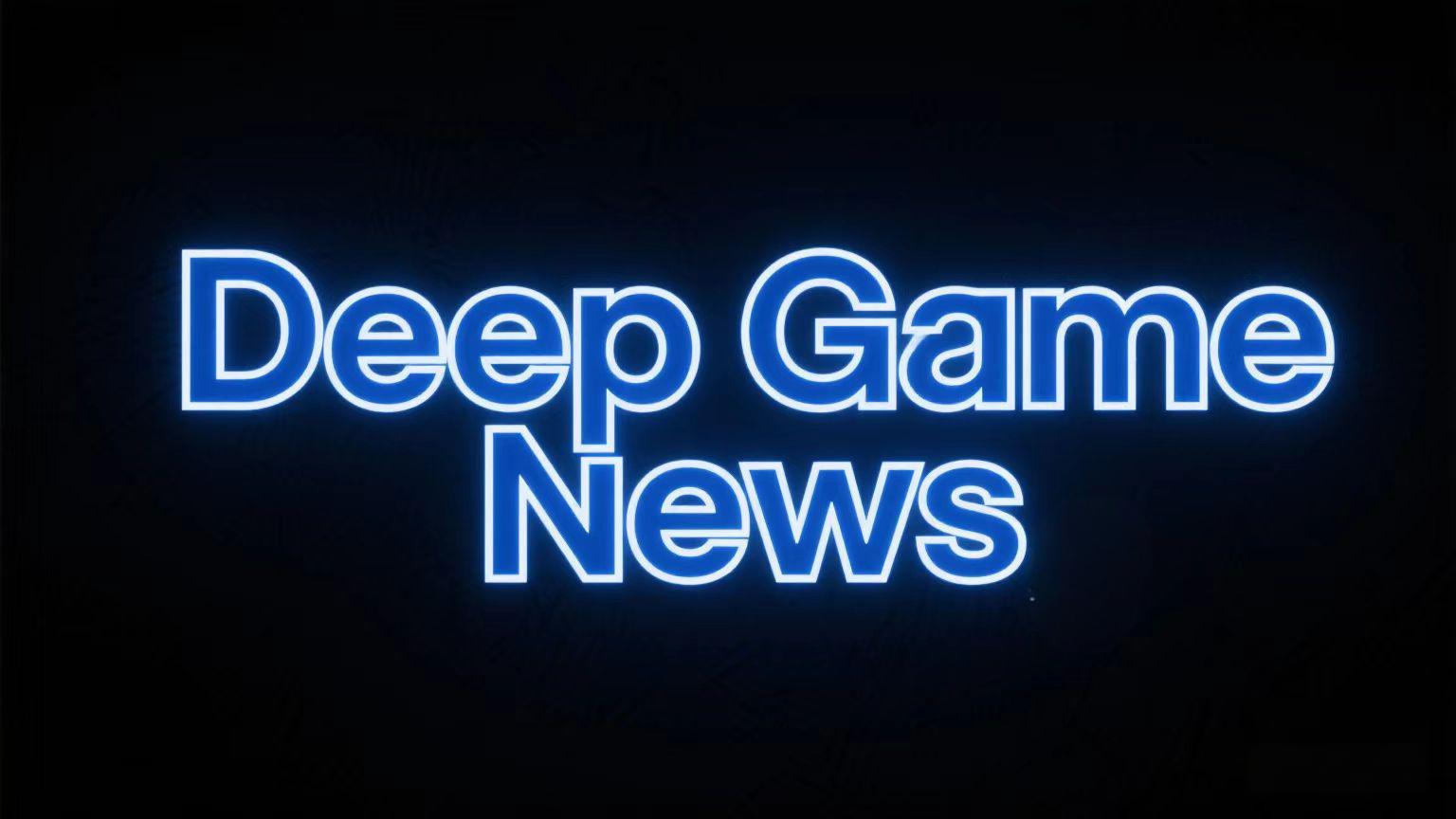DLC Price: Overpriced for What You Get?
Introduction
Downloadable Content (DLC) has become a staple in the gaming industry, offering players additional content beyond the base game. From new story expansions to cosmetic items, DLCs enhance gameplay experiences—but at a cost. The question many gamers ask is: Are DLCs overpriced for what they offer?
This article explores the value proposition of DLCs, examining whether their pricing aligns with the content provided. We’ll look at different types of DLC, compare pricing models, and discuss whether developers are delivering fair value or exploiting player loyalty.
Types of DLC and Their Value
1. Expansions & Story DLCs
Some DLCs provide substantial content, such as new storylines, characters, or even entire game worlds. Examples include:
- The Witcher 3: Blood and Wine – A massive expansion with a new region, quests, and mechanics.
- Elden Ring: Shadow of the Erdtree – A highly anticipated expansion adding new lore and challenges.
These DLCs often justify their price ($20-$40) due to their depth and replayability. However, not all story DLCs are equal—some offer minimal content at a high price, leaving players feeling shortchanged.
2. Cosmetic & Microtransaction DLCs
Many games sell purely cosmetic items, such as skins, outfits, or weapon designs. While these don’t affect gameplay, their pricing can be controversial:
- Call of Duty weapon skins priced at $20+
- Fortnite emotes and outfits costing up to $15-$25
Critics argue that these items are often overpriced, especially when bundled in "limited-time" offers to create artificial scarcity.
3. Pay-to-Win & Gameplay-Boosting DLCs
Some DLCs provide in-game advantages, such as XP boosts, exclusive weapons, or early unlocks. These are often criticized for creating an unfair advantage, especially in multiplayer games.

Are DLCs Overpriced? Key Arguments
1. High Price vs. Actual Content
Many DLCs cost nearly as much as indie games but offer far less playtime. For example:
- A $15 DLC might add only 2-3 hours of gameplay.
- Meanwhile, an indie game like Hades or Stardew Valley offers dozens of hours for the same price.
2. "Cut Content" Controversy
Some players suspect that developers intentionally withhold finished content to sell later as DLC. Games like Street Fighter V and Destiny 2 have faced backlash for releasing barebones base games only to charge for essential updates.
3. Season Passes: A Gamble for Players
Many games offer "Season Passes," bundling future DLCs at a discount. However, players often buy these before knowing the quality or quantity of upcoming content, leading to disappointment when expansions underdeliver.
4. Free Updates vs. Paid DLCs
Some developers (like CD Projekt Red with Cyberpunk 2077 or Hello Games with No Man’s Sky) release major updates for free, setting a precedent that makes paid DLCs seem greedy in comparison.
When Are DLCs Worth It?
Not all DLCs are bad—some genuinely enhance the experience:
- High-Quality Expansions (e.g., The Witcher 3’s DLCs)
- Community-Driven Content (e.g., Minecraft’s marketplace with creator-made mods)
- Fairly Priced Cosmetics (e.g., Deep Rock Galactic’s reasonably priced skins)
The key is transparency—if developers clearly communicate what the DLC includes and price it fairly, players are more willing to pay.
Conclusion: Is DLC Pricing Justified?
The answer depends on the DLC. While some expansions deliver incredible value, others feel like cash grabs. Players should:
✅ Research before buying – Check reviews and gameplay length.
✅ Wait for sales – Many DLCs drop in price months after release.
✅ Support fair monetization – Reward developers who offer meaningful content at reasonable prices.
Ultimately, DLC pricing is a mixed bag. Some are worth every penny, while others exploit player enthusiasm. As gamers, we should demand better value—because when done right, DLCs can elevate a game from great to legendary.
Tags: #Gaming #DLC #VideoGames #GameDevelopment #OverpricedDLC #GamingIndustry #PaidContent #SeasonPass #Microtransactions


















